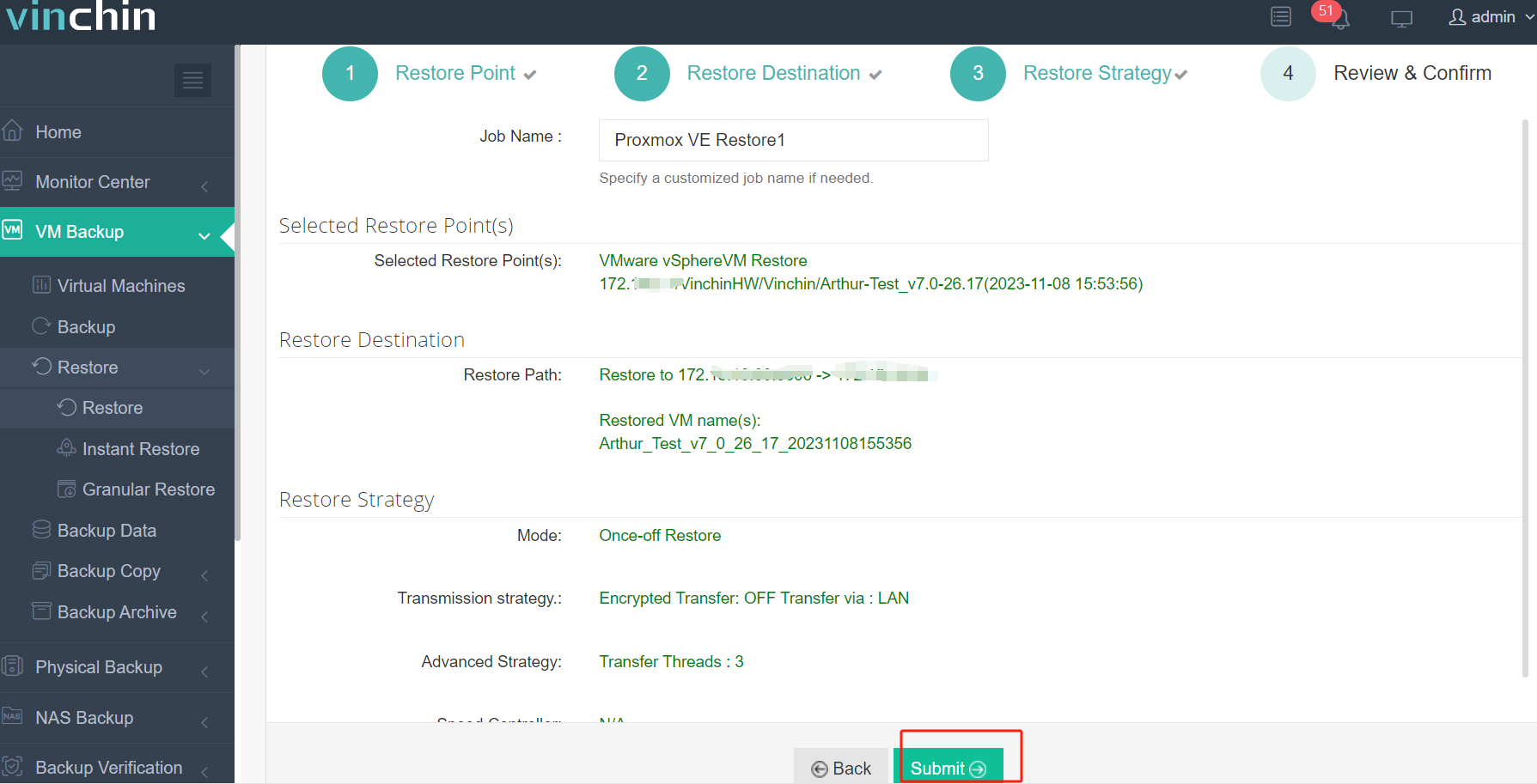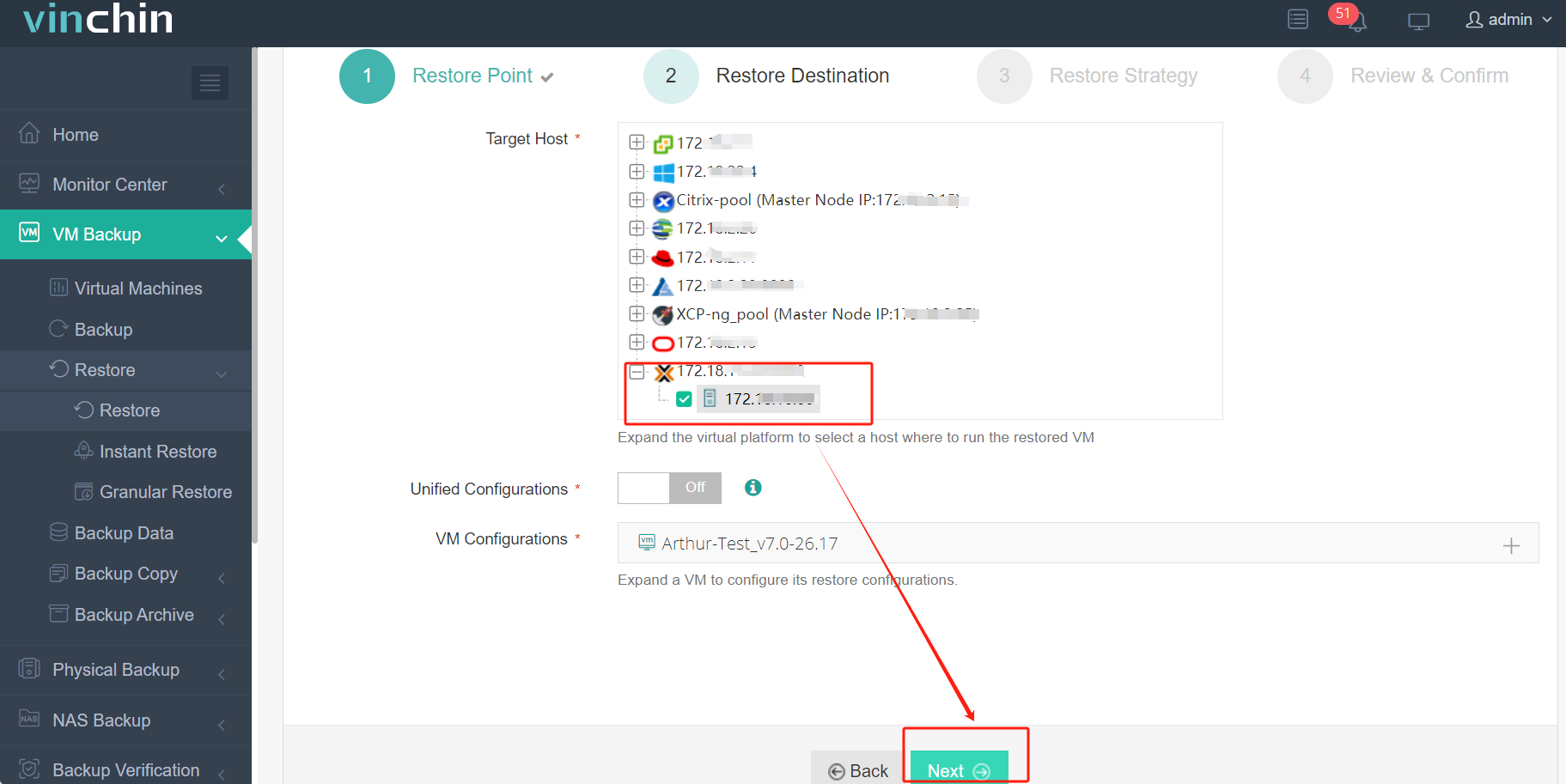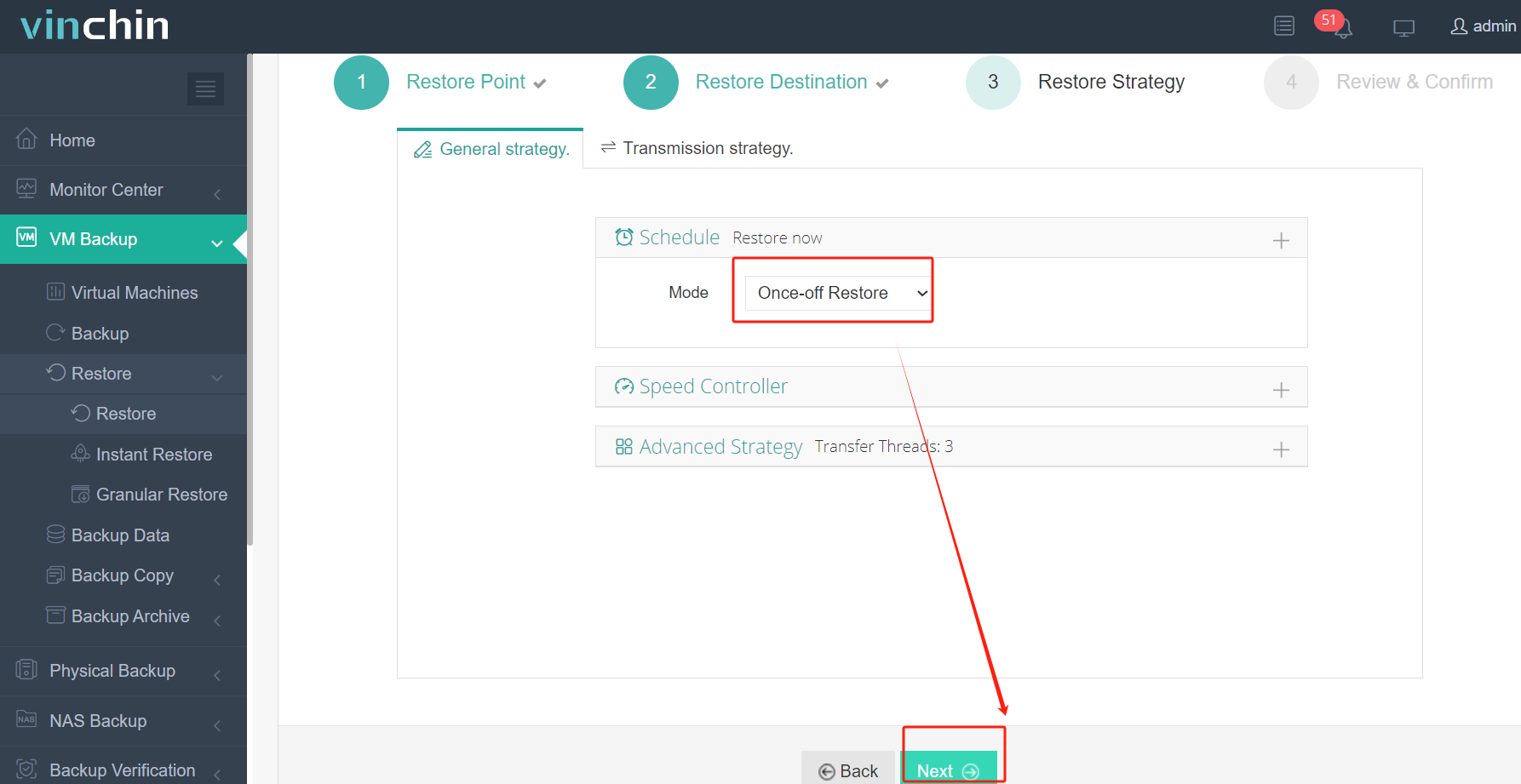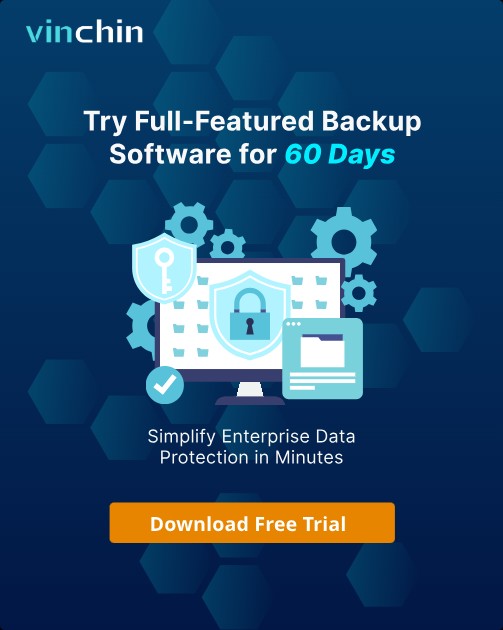-
What Is XvMotion?
-
Why Use XvMotion for Virtual Machine Migration?
-
How Does XvMotion Work?
-
Migrating VMware Virtual Machines with Vinchin
-
XvMotion FAQs
-
Conclusion
Virtual machine migration is essential in today's data centers. It lets administrators move workloads without downtime for maintenance, upgrades, or disaster recovery. But what if you need to migrate a VM between different vCenter Servers or even across data centers? That's where XvMotion comes in—a feature designed to make cross-vCenter migrations seamless.
What Is XvMotion?
XvMotion—also called Cross vCenter vMotion—is a VMware vSphere feature that allows you to migrate running VMs between separate vCenter Server instances. This is different from traditional vMotion, which requires both hosts to be managed by the same vCenter Server and often needs shared storage.
With XvMotion, these limits disappear. You can move live VMs—including their compute resources, memory state, and storage—across different vCenters, clusters, or even geographically distant data centers. The process happens with minimal or no downtime.
For many organizations running large-scale virtual environments or planning infrastructure changes, this flexibility is critical. Imagine being able to shift workloads between sites during an upgrade—or moving VMs out of harm’s way during a disaster—all while users keep working.
Why Use XvMotion for Virtual Machine Migration?
The ability to move VMs across different vCenters unlocks new possibilities for IT operations teams everywhere.
First off, it gives you agility—you can upgrade hardware platforms or consolidate entire data centers without taking applications offline. Need to balance loads between global locations? With XvMotion you can shift resources on demand based on business needs.
Here are some common use cases:
Data Center Upgrades: Move workloads seamlessly while upgrading hardware at one site.
Resource Balancing: Distribute workloads globally based on performance demands.
Disaster Recovery: Relocate critical systems ahead of planned outages—or react fast when disaster strikes—to minimize downtime.
Hardware Refreshes: Migrate VMs onto new servers without reconfiguring everything from scratch.
Cloud Exit Strategies: Bring workloads back from cloud-hosted VMware environments into your own data center with minimal hassle.
Security Zoning: Move sensitive applications into isolated environments during audits or compliance checks without disrupting service delivery.
With support for migrations between different SSO domains (from vSphere 7 onward), you're no longer limited by earlier architectural boundaries.
For any organization needing continuous availability—even during major infrastructure projects—XvMotion provides peace of mind that business-critical services stay online throughout transitions.
How Does XvMotion Work?
Moving a live VM across two independent management domains sounds complex—but let's break it down step by step so anyone can understand how it works behind the scenes.
Phase 1: Connection Establishment & Initial Sync
Before anything moves, both source and destination vCenter Servers must establish trust through secure authentication channels—often using Enhanced Linked Mode (ELM) or Cross-vCenter SSO configurations depending on your version of VMware.
Once connected:
The system sets up multiple TCP connections using Streams protocol
These connections maximize throughput—even if network latency is high
The initial sync begins by copying virtual disks from source host storage directly onto destination host storage
Any new writes made during this phase are mirrored instantly so nothing falls out of sync
This ensures that even large disks start transferring right away—and remain consistent throughout migration preparation.
Phase 2: Memory Migration & Convergence Control
After most disk blocks have transferred:
The system starts copying VM memory pages iteratively ("pre-copy" rounds)
Each round captures changed pages; if memory changes faster than they're sent over the network,
the system throttles write rates using Stun During Page Send (SDPS)
This guarantees convergence—the point where only a small amount remains unsent
If you've ever wondered how downtime stays low even when migrating busy servers—it's because SDPS keeps everything synchronized until just before cutover!
Phase 3: Cutover & Final Sync
When almost all data has moved:
The VM pauses briefly (“stun” phase)
Last dirty memory pages plus device state information transfer instantly
The VM resumes operation on its new host almost immediately—typically within less than one second
From an end-user perspective? There's barely any interruption at all!
Migrating VMware Virtual Machines with Vinchin
To further streamline virtual machine migration processes beyond native tools' capabilities, consider leveraging an enterprise-grade solution tailored for modern IT infrastructures. Vinchin Backup & Recovery stands out as a professional backup platform that also delivers agentless virtual machine migration functionality. This enables businesses to transition smoothly into new virtualized environments while minimizing disruption to production systems and daily operations.
Vinchin Backup & Recovery supports an extensive array of virtualization platforms—including VMware, Hyper-V, Proxmox VE, oVirt, Oracle Linux Virtualization Manager (OLVM), Red Hat Virtualization (RHV), XCP-ng, XenServer, and OpenStack—as well as additional types not listed here. Its agentless approach ensures compatibility with diverse infrastructures while maintaining operational simplicity throughout the migration process.
Migrating with Vinchin Backup & Recovery is straightforward:
Step 1. Select Restore Point

Step 2. Select Restore Destination

Step 3. Select Restore Strategies

Step 4. Review and submit the job

Thousands of customers worldwide rely on Vinchin Backup & Recovery for robust protection and seamless workload mobility—earning consistently high product ratings industry-wide. Experience all features risk-free with a full-featured 60-day trial; download the installer now for quick deployment in your environment!
XvMotion FAQs
Q1: Can I migrate encrypted VMs using XvMotion?
No; encrypted virtual machines are not supported by native Cross-vCenter vMotion workflows due to security constraints imposed by encryption key handling requirements.
Q2: What should I check before attempting an inter-site migration?
Ensure both sites have compatible ESXi versions; confirm adequate bandwidth exists; match port group names; validate firewall rules allow required ports; verify destination datastore space meets workload needs; test DNS resolution between all involved hosts/vCenters beforehand!
Q3: Does licensing affect my ability to use Cross-vCenter migrations?
Yes; Enterprise Plus licenses are required on both source/destination hosts along with appropriate Storage vMotion entitlements if moving non-shared disks.
Conclusion
XvMotion empowers administrators with seamless workload mobility across clusters, data centers, and management domains, minimizing downtime through advanced synchronization techniques. For broader, cross-platform migrations that exceed the limits of native tools, Vinchin offers a simple yet powerful solution with agentless automation—all in one package. Try Vinchin today and make every migration smooth, smart, and effortless!
Share on:








